A ski helmet is to skiing what sugar is to a cake! No one can really imagine a cake without sugar.
Likewise, a ski or snowboard helmet makes all the difference in your riding experience from every potential aspect. However, buying a helmet of the right size isn’t like grabbing a chunky sweater for the winter.
There’s a certain set of rules that you have to pay close attention to while purchasing your snowboard equipment.
But don’t let that discourage you because it’s not complicated. All you need is a soft tape measure and a bit of guidance. Let’s take a look at these different aspects that are bound to improve your ski ride, as it is no longer safe to go commando on your trip.
Overview of Helmets
The first thing that you must pay attention to when looking for a snowboard or snow ski helmet is the perfect fit. There is no one universal-size helmet that will fit everyone’s head, and you can pick it up at the corner store. No sir!
Buying a snowboard helmet that is certified to protect your head and is both lightweight and convenient is very much like shopping for a suit. Repeated fitting, measuring, trying on, and trying to adjust the sizing are all part of the deal.
Shall we go further?
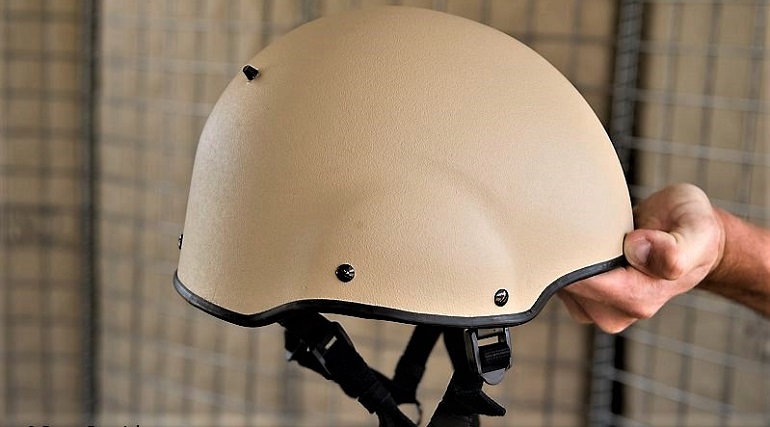
How To Choose the Right Size Ski Helmet?
There is a lot that goes into determining whether ski helmets are perfect for your head. Just like when buying a pair of shoes, you look into the closure system, comfortability on the inside, thickness of the sole… etc.
The same is the case with ski helmets, only the specifications you are paying attention to are quite different.

For most helmets, aspects like ear coverage, water-absorbent liners, and temperature-sensitive material are what matter the most. Similarly, these factors are what determine the best fit for your head and set ski helmets apart from other normal helmets like those for biking.
The Ski or Snowboard Helmet Shell
Shell helmets are the best kind to pull on when going out snowboarding or skiing. The shell is basically the outer shell or outermost layer of the helmet.
Manufacturers use a tough ABS plastic shell that forms a rigid barrier for protection against any random bumps or if you take a tumble. It is usually ABS high-impact plastic which is ideal for blunt impact protection.
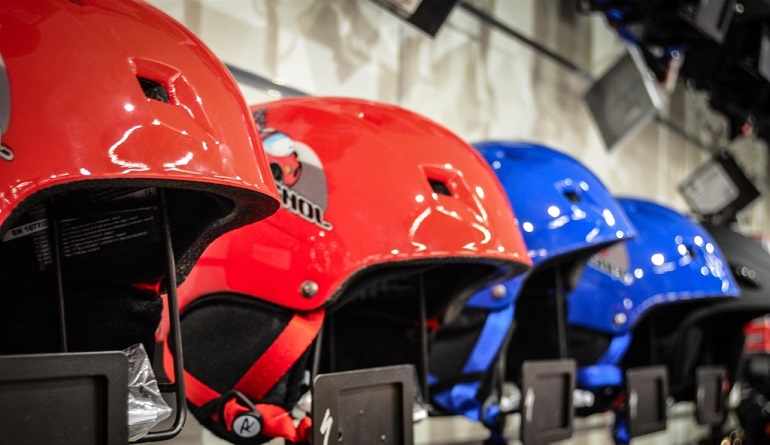
Whether you are zooming past low-hanging tree branches or tripping after accidentally placing your feet on the wrong side of the snow, the shell ensures no head injuries, absorbs shock, and provides good protection from intense impacts.
In addition to that, the helmet moves the impact energy from one single large impact over a bigger portion of the head to reduce intensity.
The Hard Form Interior Liner
The right helmet is lined with a hard foam interior which is normally called EPS (expanded polystyrene). The harder foam resembles Styrofoam and is essentially the material that absorbs all shock and impact energy radiating through the shell down toward your head.
The innovative pad systems removable pads also provide added thickness on the inner side to supplement comfort and fit. However, when faced with a particularly hard fall, the foam lining the interior could get smushed and lose its protective form.

In such situations, the helmet must be considered completely useless and discarded. Because once the hard foam is damaged, it will fail to provide protection in future situations. Time to buy a new helmet! But, how exactly? Here’s how!
Properly Measuring Your Head
Just like you have to measure your waist to buy trousers, measure your head circumference to buy the proper size helmet. It is a fairly simple procedure that involves one simple apparatus and its proper placement.
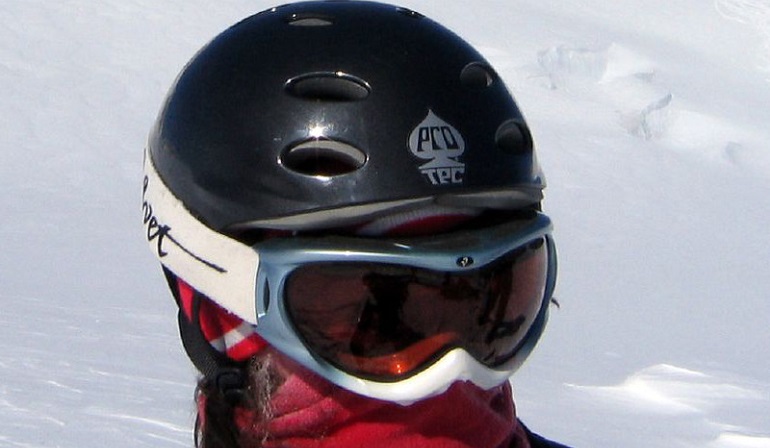
Measure Your Head Circumference
To measure your head circumference, you will need a soft measuring tape (a fabric tape measure is your best choice) and wrap it around your forehead. Keep an inch between your fabric tape measure and eyebrows and ears.
Unless you love calculations and unit conversion, remember to keep the side marked in centimeters upright because most helmet dimensions are provided in centimeters.
You will either find the exact same measurement of your head (for example, your head measures 57 cm precisely) available or a size that includes your measurement in its range (for example, Medium sizes range from 55-58 cm).
Determining the Helmet Size Based on Circumference
There is a bit of a complication when it comes to most helmets, as every brand utilizes a different method with their size chart. Some sell their helmets while clearly stating the head size in centimeters, whereas others use the classic Small, Medium, and Large listing.
In order to make sure a helmet fits properly, you need to get your size right in accordance with the manufacturer’s sizing.
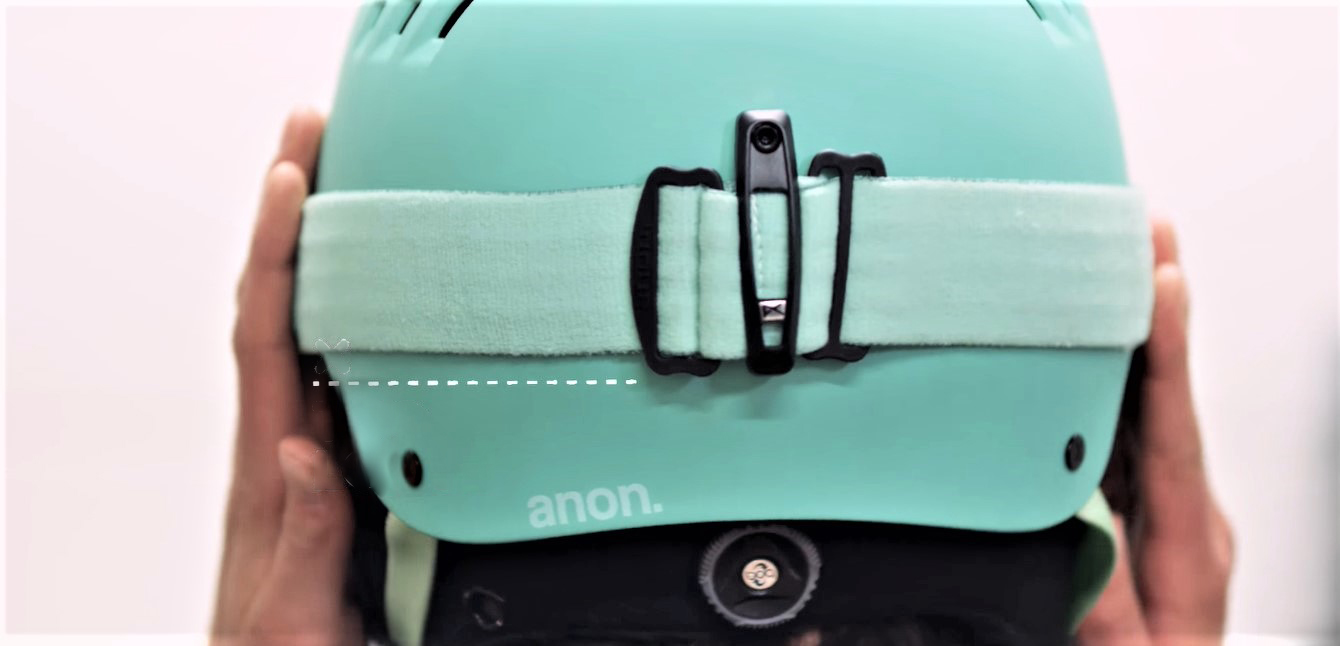
So if you are shopping online, then personally consult each brand’s sizing chart before you place your order to find which of their generic size coincides with the measurement of your head. It is essential to look into each brand’s different sizing guides since at times one brand’s Small size could be another’s Medium size.
The standard differs; therefore you must be aware.
However, if you are shopping in a physical store then it is no biggie to inform the salesperson of the circumference of your head and allow them to show you different variations in that range.
Ski Helmets Fitting
After finding your size, it is imperative you carry out a number of tests to find out whether the helmet can fit comfortably on your head or not.
Twist Testing
Put your helmet on and secure the chin strap. It should feel snug around your head and not suffocating or too loose.
Now, grab the helmet with both hands on either side and try to pull it towards the back of your head in an attempt to roll it off. If the helmet pulls the skin of your forehead back with it as it goes, then that is a good hint that it is a perfect snug fit.
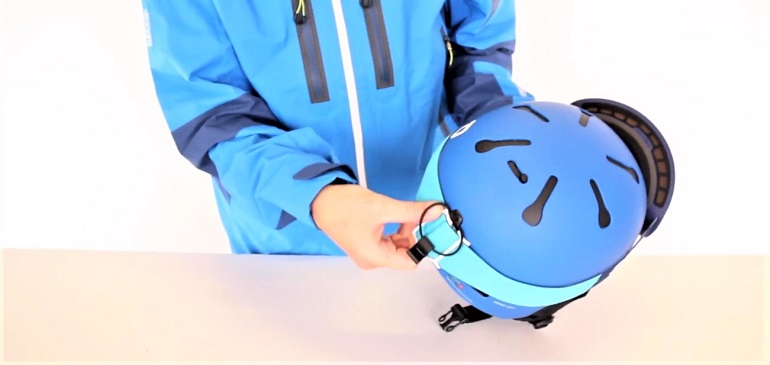
Next, you can also grab the helmet again in the same manner and try twisting it to the right and left side of your head. If the helmet in itself twists to either side while your head stays in the same position, then the helmet is too loose and not capable of providing any protection.
However, if your head twists with it, then it is good!
Putting On the Helmet Model
Hold the helmet with both hands and bring it in front of your face, situating the front right above your eyebrows. Grab the ear covers and slip the helmet over your head.
Check for Gaps
When wearing a properly fitting helmet, it should sit right on your head with no odd gaps and spaces to spare. The ear covers and cheek pads must mold to your face and head. The back of the helmet must sit just right above where your hairline ends or on it but not any lower.
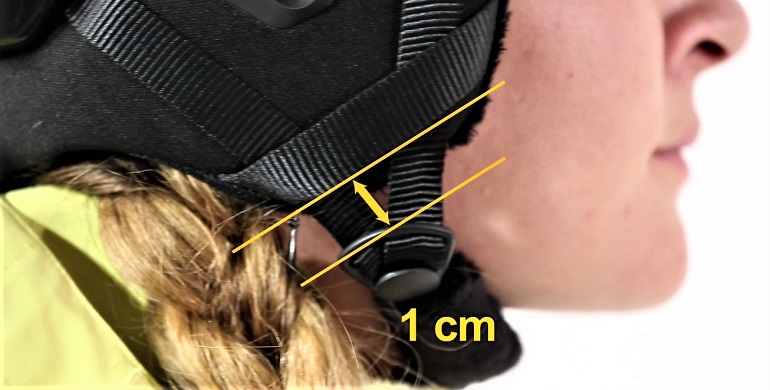
Double Check Your Fit
The helmet is too tight on your head if your head feels like it is being squeezed or pressed. There should be no excess pressure anywhere on your head.
Snowboard Helmet Sizing Variances
Different helmet manufacturers rank their helmets on a varying basis of measurements. This depends entirely on where the brand is based and what are that country’s general measuring standards.
The following helmet size chart (kids’ ski helmet sizes included) should give you an idea of how the system works.
| Adult Helmet Size | Head Size(cm) | Head Size(in) |
|---|---|---|
| Small | 52-55.5 | 20.5″-21.75″ |
| Medium | 55.5-59 | 21.75″-23″ |
| Large | 59 -62.5 | 23″-24.5″ |
| Extra Large | 62.5+ | 24.5+ |
| Youth Helmet Size | ||
| Extra Small | 48.5- 52 | 19″- 20.5″ |
| Small | 52-55.5 | 20.5″- 21.75″ |
| Medium | 55.5- 59 | 21.65″- 23″ |
Conclusion
When looking for the proper helmet size, you simply need to take a measurement and pay close attention to your shopping habits.
Remember to take proper readings of the measurements and utilize the above chart before buying any helmets.
0 Comments